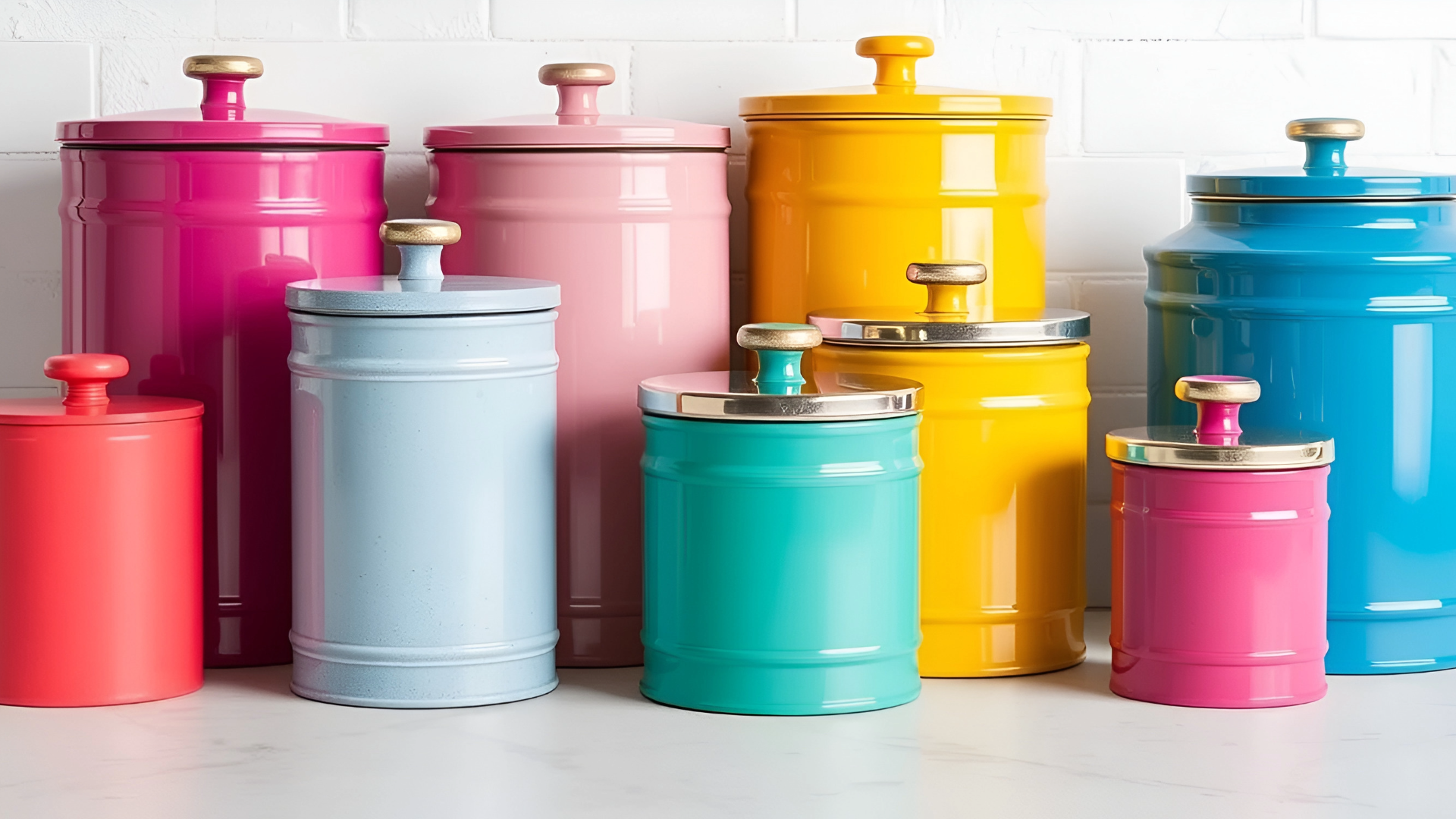Decluttering vs. Organizing: What’s the Difference?
People often think decluttering and organizing are the same thing — but they’re actually two very different processes. If you’ve ever felt like you’ve “organized” your space only for it to feel messy again days later, chances are you skipped the decluttering step. Understanding the difference can save you hours of work, reduce stress, and help you create a home that actually supports your lifestyle.
Decluttering is always the first step to creating an organized home.
What is Decluttering?
Decluttering is all about subtraction. It’s the process of intentionally letting go of items you no longer need, use, or love. The goal isn’t to get rid of everything, but to create breathing room by reducing the overall volume of your stuff.
For example, if your closet is bursting, decluttering looks like pulling out the jeans that don’t fit, the shirts you never reach for, and the duplicates of items you already own. Once the extras are gone, what’s left is more visible, more functional, and easier to enjoy.
Decluttering frees up not just physical space, but mental space too. A clear countertop or a pared-down shelf feels calmer and more manageable.
🧠 Mindset Matters: Easing the Emotional Side of Decluttering
Decluttering isn’t just about removing objects — it’s about untangling the emotions attached to them. It’s normal to feel resistance when letting go, even if you rarely use the item. A few strategies can help:
Reframe the language: Instead of “getting rid of,” think of it as “releasing” or “curating.” This small shift makes the process feel lighter and more intentional.
Try a “Maybe Box”: Unsure about something? Place it in a labeled box with today’s date. If you don’t reach for it in the next 30 days, you’ll have clarity on whether you truly need it.
Keep the memory, not the object: Snap a photo of sentimental pieces you no longer use. You’ll preserve the story without taking up physical space.
Pause before you pull back: If you feel regret after putting something in the donate pile, let it sit there for a few days. Often the emotional weight eases with time.
Normalize the struggle: You’re not failing if you feel attached. You’re practicing a new muscle — one that honors your present and future self.
Every item you release is space you’re gifting yourself for clarity, calm, and what you truly love.
Step 1: Choose Your Starting Point
The biggest hurdle isn’t the clutter itself—it’s the decision paralysis about where to begin. Many people stop before they start because the project feels impossible. The key is to start small and specific:
Pick one category (clothes, papers, or kitchen gadgets).
Or, pick one small space (a single drawer, a shelf, or the coffee table).
Set a short timer (15–20 minutes) so it doesn’t feel endless.
Remind yourself: you don’t need to finish the whole house in one day—just opening the door to progress builds momentum. Pick one small, focused area. It could be a drawer, a shelf, or a single surface. Don’t start with sentimental boxes or family heirlooms — that’s like running a marathon without training. Start where you’ll feel a quick win.
Mindset Reset
When you start small, you avoid overwhelm. Remind yourself: “I’m building momentum, not finishing my whole house in one day.” Celebrate tiny wins — even clearing one drawer is a success.
Feeling stuck before you start? Begin with one drawer, one shelf, or one category—it’s enough to create momentum.
Step 2: Sort Into Clear Categories
Use the classic four-box method: Keep, Donate, Trash, Relocate. This keeps you focused and prevents you from moving piles around without making real progress.
Mindset Reset
If you feel stuck on an item, ask: “Would I buy this again today?” If the answer is no, it likely belongs in Donate or Trash.
Start small and use clear categories like Keep, Donate, and Discard to make decisions easier.
Step 3: Contain + Organize
Once you’ve pared down, use bins, baskets, and dividers to give everything a clear “home.” This prevents items from floating around and keeps your surfaces clear.
Mindset Reset
Don’t confuse organizing with keeping everything. Containing clutter only works if you’ve already decluttered. Repeat to yourself: “Less stuff, more clarity.”
Storage containers are a simple way to keep essentials organized and within reach.
Step 4: Maintain With a Daily Reset
A 10–15 minute reset at the end of the day keeps clutter from building back up. Clear counters, put items back in their homes, and reset the space for tomorrow. Once you’ve created systems, it’s consistency that keeps clutter away. Building a simple daily reset routine ensures your progress lasts. Read my full guide on Daily Resets →
Mindset Reset
Think of it as gifting your future self peace of mind. Ending the day with order makes mornings smoother and keeps stress low.
Create systems that make staying organized easy — like drawer dividers or consistent folding methods.
✨ “Decluttering isn’t about stripping your home down to bare walls — it’s about creating a space that supports the life you actually want to live. By starting small, tackling one area at a time, and setting up simple systems, you’ll find that letting go feels lighter with each step. And remember — progress is more important than perfection. Celebrate the items you’ve released, honor the memories they carried, and step into the ease of a home that feels calm, functional, and truly yours.” ✨
This isn’t just about clearing surfaces — it’s about creating the mental and physical space for a life that feels lighter, calmer, and more intentional. If you’re ready to take the next step but don’t want to do it alone, I’d love to help. Request a session here




